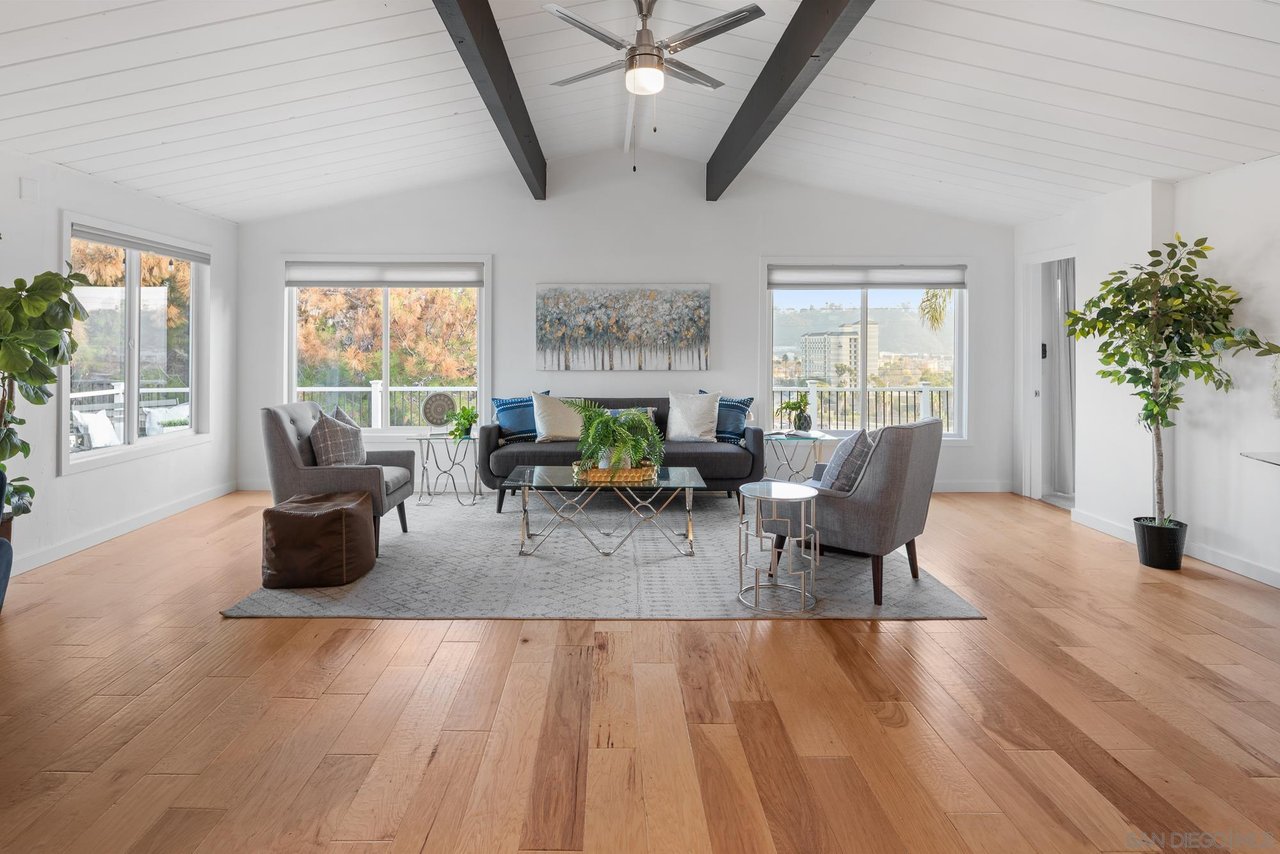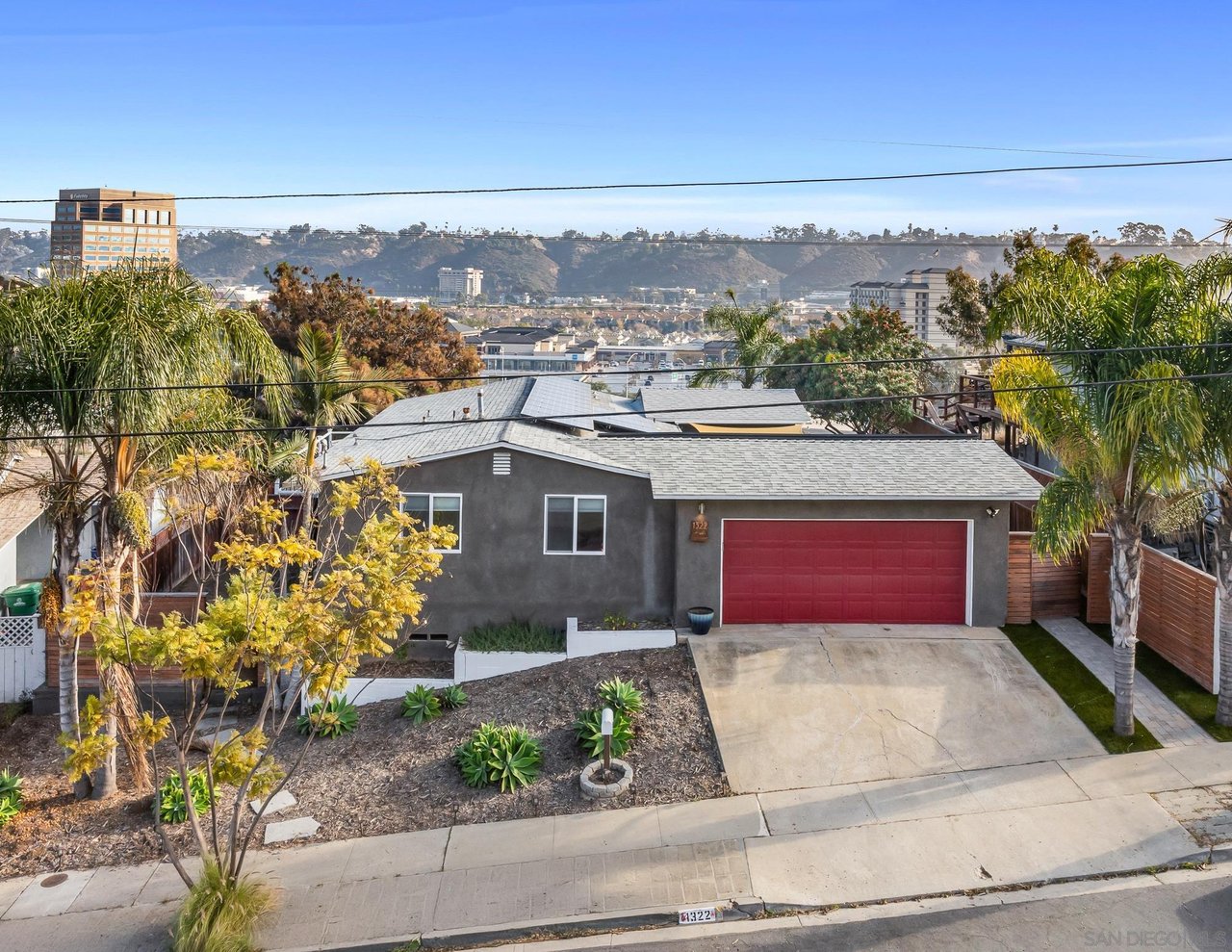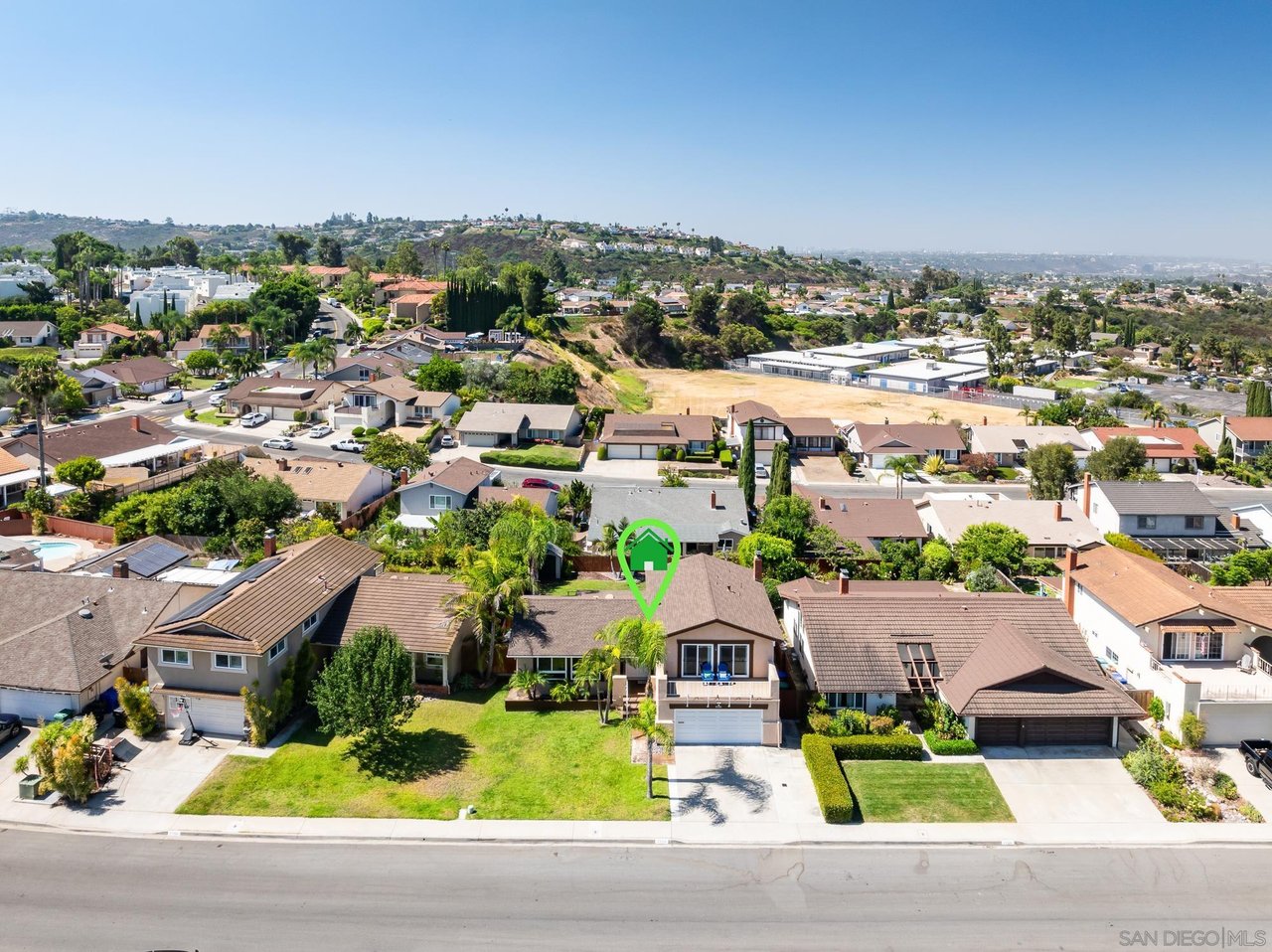The DST is Ideal For Aging Investment Property Owners
February 15, 2024

February 15, 2024

This article features one of our Partners, Perch Wealth, and they explain the value of DSTs.
Wealthy baby boomers seeking to wash their hands of active property management in favor of passive investment opportunities are increasingly turning to a two-decade-old vehicle that is enjoying new interest — and a growing number of competitors vying for their dollars.
Delaware Statutory Trusts, which make use of 1031 tax exchanges and allow investors to shelter real estate properties from taxes, have been around since just after the turn of the millennium. But a rapidly aging generation is driving record equity into the market and a spate of new offerings and players into the space, including Hines and Starwood.
Equity in the securitized 1031 market, 95% of which is now accounted for by DSTs, grew to $21.6B from 2021 to 2023, about two-and-a-half times the $9.16B in equity invested in the vehicles from 2017 to 2020, according to data from research firm Mountain Dell Consulting.
And as the oldest baby boomers turn 78 this year, experts say they are preparing for an army of aging Americans to leave the active landlord lifestyle behind and trade in their properties for DST shares.
The number of DST offerings is quickly climbing, with sponsors eager to cater to the generation that lays claim to about half the combined net worth in the U.S., about 24% of that coming from real estate. Some $19T in property is owned by those born between 1946 and 1964.
As a result, the close of 2023 saw 62 sponsors with active DST offerings, up from 53 in 2022 and 42 in 2021, according to Mountain Dell.
Baby boomers no longer want to deal with tenants and property management-related calls in the middle of the night, or what’s been referred to as the three T’s: tenants, toilets and trash.
For a century, the 1031 exchange has allowed like-kind property exchanges that defer taxes owed on a sale. The IRS ruled in 2004 that a Delaware Statutory Trust could also be used as a like-kind replacement.
But unlike traditional 1031s, numerous accredited DST investors can invest in a single entity, allowing them to own a small part of a larger piece of real estate. Investors can chuck in as little as $100K to own a piece of a multimillion-dollar property, said Benjamin Carmona, managing partner for Perch Wealth, which specializes in alternative real estate investment.
“Most investors in this space have already done well and they’re looking to mitigate risks and maximize their income,” Carmona said.
Investment in DSTs and other securitized 1031s has surged since 2020, when $3.19B of equity was invested, according to Mountain Dell. The three-year pre-pandemic average of 1031 equity was about $1.97B annually. Since then, the investments have brought in an average of $7.22B each year, the data shows.
Institutional players like Hines have followed the trend, opening DST platforms in recent years. Hines Real Estate Exchange, a platform designed to serve qualified investors looking for tax-advantaged investment opportunities, was launched in September 2022. Last month, Hines announced it had completed a $152M offering of interests in the HGIT 200 Park Place DST, which owns a Class-A, 206K SF office building in Houston.
“A lot of [the] new entrants are of an institutional pedigree,” said Keith Lampi, CEO and president of Inland Private Capital Corp., which specializes in multiple-owner, tax-focused, private placement investments. “These are large, well-established firms that have fairly meaningful pockets of [assets under management] and access to capital. Those institutional firms are also seeing the opportunity.”
The alternative to “whole property” 1031 exchanges typically include a feature that allows investors to convert their interests into limited partner interests in a REIT.
Like Hines, other nontraded REITs are getting in on the DST game, which experts say benefits both sides. REITs get a source of “sticky capital,” and investors can eventually convert their investments into shares that provide them with a diverse real estate portfolio, said David Inauen, executive managing director and head of research for investment banking firm Robert A. Stanger & Co.
“Those investors tend to stay around because if they ultimately want to get out, then they take the tax hit,” Inauen said. “Obviously, they’re getting this big benefit and diversification to boot. So ‘I don’t have all my eggs in one basket, plus I got my deferred trade-in as well.’”
When and if the DST sells a property, investors can sell their portion, either paying taxes on it or taking operating partnership units in the REIT. The latter option is defined in IRS Code Section 721, and is known as a 721 or UPREIT exchange, she said.
“Many of the sponsors out there are launching their own respective 721 REITs because it is definitely going to be the way of the future, in my opinion,” Carmona said.
The 721 exchange gained popularity when the federal government threatened to take away the 1031 exchange early in the Biden administration.
Some REITs already see a significant portion of their equity coming from DSTs, according to Robert A. Stanger & Co. data. About 36% of the equity held by Ares REIT comes from DSTs, while Ares Industrial REIT has DST interests comprising 29% of its total equity. DST interests make up about 29% of JLL Income Property Trust's equity, according to the data.
Starwood REIT became the latest entrant in the market last month, and Inauen said he expects to see significant action on it this year.
“Hines is just barely tapped into it. Starwood just launched it. They didn’t launch it not to do it,” he said. “I’m not saying they’re each going to do a billion in 2024. Usually, it takes a couple of years for these to play out. But it was very popular for JLL and the Ares REITs.”
Ares and JLL both upsized their DST programs multiple times in recent years, Inauen said. JLL Income Property Trust announced in June that it had attracted more than $1B through JLL Exchange, its 1031 like-kind real estate exchange program.
Multifamily and industrial were by far the most represented among securitized 1031 sales by asset type last year, according to Mountain Dell research. Multifamily raised 33.39% of total equity in the market, followed by industrial at about 27% and retail at about 10%.
But all asset types can potentially benefit from a DST structure for different reasons, especially when interest rates spike and make it difficult to secure debt, Inauen said.
“I don't really see it as being a huge play for office, but maybe some players can find a creative solution to get out of maturing debts because that capital is less expensive,” he said.
When people are interested in investing, REITs usually try to sell them a share first, Inauen said.
“But then, a lot of the times, you hear from the high-net-worth investors, ‘Hey, can you give me the like-kind exchange treatment? Do you have another security that I can invest in?’” he said. “Those REITs that are set up as UPREITS can do that, set up a DST and give that investor a tax-efficient exchange. It’s win-wins for everybody.”
In addition to demographics favoring DSTs, high interest rates have made many owners wary of selling off properties, especially those with locked-in low interest rates, Carmona said. That means it’s become more difficult to find properties to execute traditional 1031 exchanges.
“It’s been tough for anyone in this market to do an exchange on their own,” he said. “That is, to some extent, fueling investment in DSTs.”
2022 marked a high-water moment for DSTs, which raked in $9.2B in investment that year, according to Mountain Dell. Like the market at large, 2023 results have been more muted, with sponsors raising just over $5B, a 45% drop over 2022’s record-breaking year, but still the third-best year for the vehicle since 2015.
Much of this year’s drop is down to lower sales volume across the board, said Randy Sweetman, executive managing director of valuation and data management for Robert A. Stanger & Co.
Some elements of DSTs that investors see as downsides include giving up full control and the lack of liquidity, Carmona said. Investors should be comfortable with at least a five to seven-year hold time, he said.
“There's no formal secondary market for these, so it's not easy to get out,” he said.
But given the tax savings, passive management and income opportunities, the benefits outweigh the disadvantages, Carmona said, offering investors the ability to diversify an investment portfolio and mitigate risk. A traditional 1031 exchange requires buying one property and getting a mortgage.
“Conversely, what a DST offers you, [you] could take that money, in theory, and spread it out 10 or 20 different ways,” he said.
https://www.bisnow.com/national/news/investment/20-year-old-tax-shelter-may-be-the-way-of-the-future-for-americas-aging-property-owners-122531
Stay up to date on the latest real estate trends.

January 6, 2025

January 6, 2025

November 8, 2024
Explore our latest listings, including stunning homes with panoramic views and great amenities. Plus, join our 2024 Food Drive and give back to the community. Find you… Read more

October 24, 2024
Hot listing back on the market! 7770 Forrestal Road in Vista Del Cerro is available again. Perfect for families, this home offers stunning views and great outdoor spac… Read more
October 16, 2024
August 19, 2024
August 19, 2024

February 15, 2024
Perch Wealth, Featured in BIZNOW, explains DSTs

September 28, 2022
Mortgage interest rates play a huge role in home values. These rates are now at 2002 levels, up sharply from all time lows in 2021. The average 30 year fixed mortgage … Read more
You’ve got questions and we can’t wait to answer them.